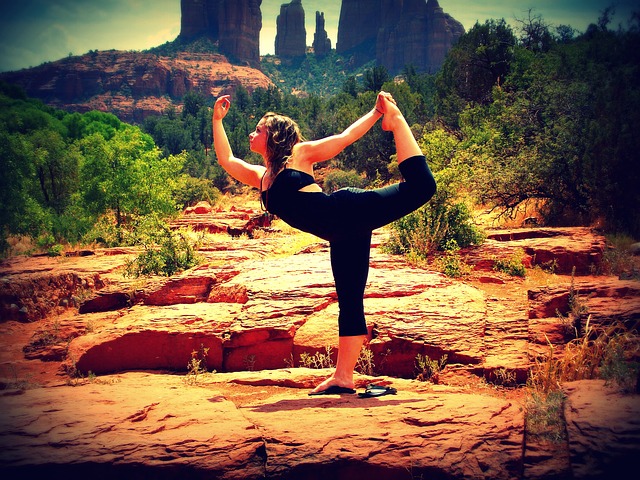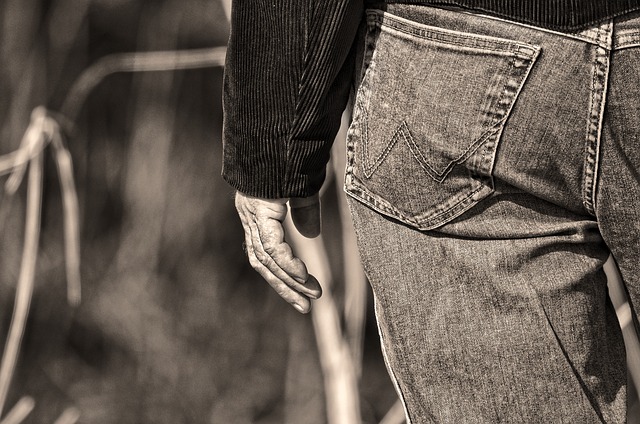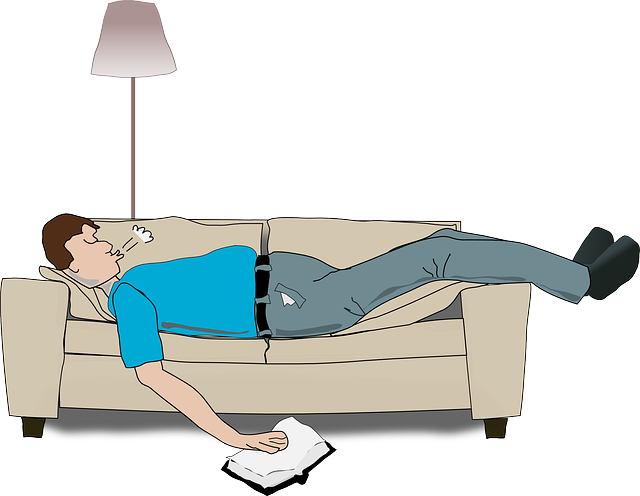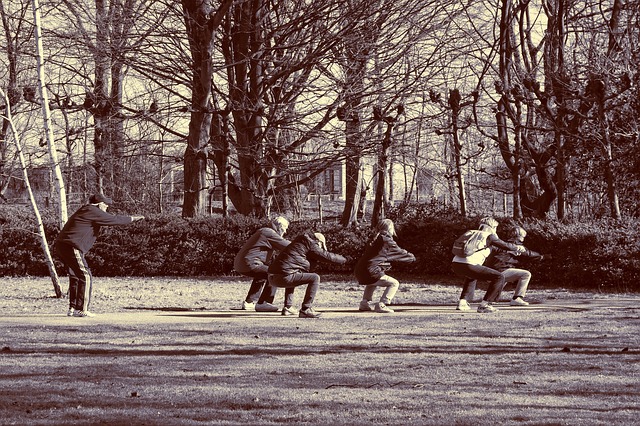Archive for May 2018
Finding Your Center of Gravity
Why is the center of gravity (COG) so important?
Center of gravity is an important player in the game of balance and stability. Many people treat balance as a purely subconscious function of human life- the truth is, it has too much impact in your life to treat it in such a casual manner. Knowing where your center of gravity, as well as remaining aware of it at all times, is a great way to start improving your spinal health by adding in more stability and balance. It also assists in improving posture and alignment. So without further ado, let’s locate the center of gravity.
Lower Limb Biomechanics in Athletes
Lower limb biomechanics are more important than ever for athletes
As our understanding of this complex process grows, more sports scientists are starting to apply the power of lower limb biomechanics to athletic performance. Ambulation, or walking, is so fundamental to human existence that few of us give it pause for thought. Athletes should think twice, however, as this subconscious biomechanical process offers a chance for gaining a cutting edge that should not be ignored. The process involves joints, muscles and the nervous system, and has a ripple effect that reaches the spine. A further concern for athletes is that dysfunction in the lower limbs is a signal contributor to back pain, spinal misalignment and a host of other symptoms. A biomechanical assessment of the lower limbs could be your ticket to resolving long-standing issues that have hampered your athletic performance.
The Infamous Dormant Butt Syndrome
What is the science behind this unfortunate sounding condition?
Are you chronically neglecting your butt muscles? Wipe that grin off your face because it could be the cause of lower back pain, knee pain and hip tightness. Inactive butt muscles can contribute, if not solely cause, a whole range of spinal pain and dysfunction. The problem can be boiled down to:
- Weakness in the glutes
- Tight hip flexors
These two factors can pull your spine out of alignment at the base, while your dormant, weak butt muscles fail to perform their duties of absorbing shock and supporting the spine. This allows the surrounding joints in the hips, knees and lower back to become overloaded, overstressed and, quite often, this results in injury.
Finding Neutral Posture Throughout the Day
Posture flows
Posture is a fluid struggle- you are always going to be slipping in and out of healthy spinal postions depending on your activity. But many of us are ignorant of the basics of good, neutral posture. Let’s define it quickly: neutral posture is a position of low pressure in which the spine’s natural curvature and alignment are maintained. This is difficult to achieve! Unless you are proactive at all points throughout the day, you will fall into positions that are damaging for the spine and surrounding musculature. Sitting and standing, the two most common positions we adopt throughout the day, pose the largest challenge to our postural integrity.
Standing All Day: Muscle Fatigue At Its Finest
Sitting gets all the attention, but standing all day is just as harmful
“Sitting is the new smoking,” has been proclaimed by health blogs for years now, and with good reason. But just because a certain percentage of the workforce is crossing over into an office setting doesn’t mean that other jobs cause any less pain. Standing, while causing less spinal compression than sitting, still involves between 100 and 220 kg of downward pressure to the spine depending on the activity, and that’s with good posture! Of course the solution is to vary your position frequently throughout the day but many people’s jobs pigeonhole them into sitting or standing for long periods of time.
The Deep Squat Rest: One Powerful Move for Spinal Health
Standing all day breeds a unique type of back pain
The deep, full-back ache that comes from standing all day is particularly problematic. When you stand all day, your body naturally seeks to transform from neutral posture, which is hard to maintain without the proper muscles, to something that it deems, “more comfortable.” This is an illusion that your body is good at tricking itself into; often this position of enhanced comfort includes anterior pelvic tilt, which causes an exaggerated lordotic curve in the lumbar segment. This position can cause pinching of both the intravertebral discs and the spinal facet joints which can lead to a lot of pain. One way to reverse this is to focus on reversing the anterior pelvic tilt and addressing your curvature issues. The deep squat rest can help you do just that.
Say hello to the Deep Squat Rest
This is a difficult movement to master, mostly because it challenges your balance and strength. But if you can master this movement, you will be able to give your body a huge boost. Here are some of the benefits of the deep squat thrust.
- Works to reverse anterior pelvic tilt
- Relieves tightness in the hip flexors which is a signal contributor to anterior pelvic tilt
- Alleviates pressure on the spinal facet joints by resetting curvature in the lower back.
- Strengthens core muscles that provide stability in the lower back
- Helps you maintain better posture with less pain when you stand all day.
A detailed description of how to perform this beneficial movement can be found here.
Anyone who stands a lot for a living is particularly prone to lower back pain.
Don’t let your job take an irreversible toll on your spine. Today is the best day to start taking the steps you need to keep your spine balanced and strong against the risk factors of your job and lifestyle. If you need help developing a plan that accounts for your job, your lifestyle and the condition of your spine, give our office in Westwood a call to schedule an appointment today.
Use Your Hips to Relieve Tension From Your Spine
Tight hips spell pain for your lower back
It can go both ways: a tight set of hips is a signal contributor to lower back pain by creating a pull on the lower back that leads to instability at the base of the spine. Tight hips, in tandem with anterior pelvic tilt, wreak havoc with your posture and cause the muscles of your lower back to work overtime to maintain spinal alignment. On the other hand, mobile hips allow you to stabilize and transfer forces more effectively; less tension in the hips translates to more strength at the base of the spine and helps prevent injury. It’s time to put more effort into keeping your hips open.
Our Spinal Alignment Tip of the Week
Have you trained your spine into misalignment?
Modern lifestyles are conducive to holding patterns that are bad for the spine. We sit all day, interacting with devices of varying sizes and ignoring our posture. The muscles of our shoulders, neck, back, hips and pelvis recognize that they are placed in such unnatural positions often and they begin to change to accomodate this frequency. These positions involve over-contraction of some muscles and complete lack-of-use in other, changing the entire musculoskeletal balance of your body. The worrying thing is that if you’ve trained your spine into misalignment, you may also be training it to accept tension and pain as the norm.








